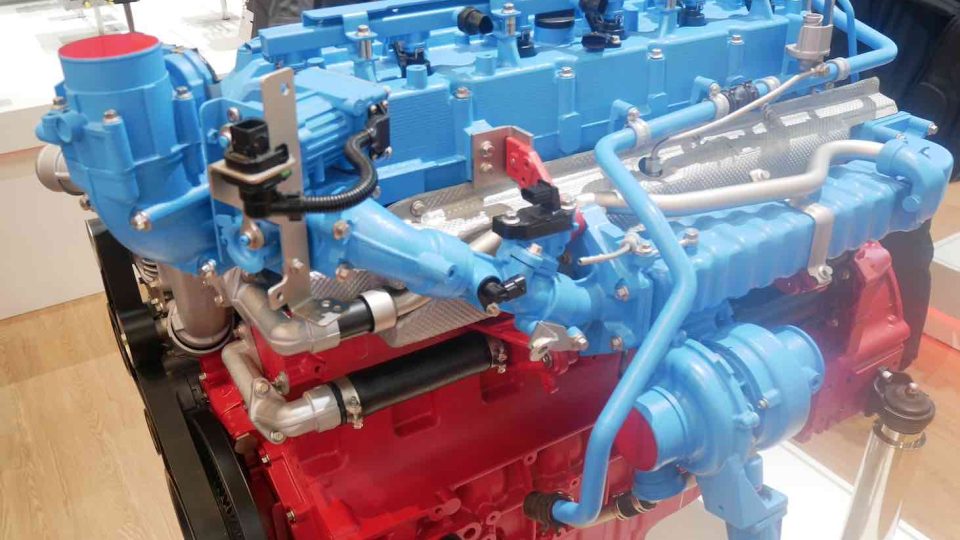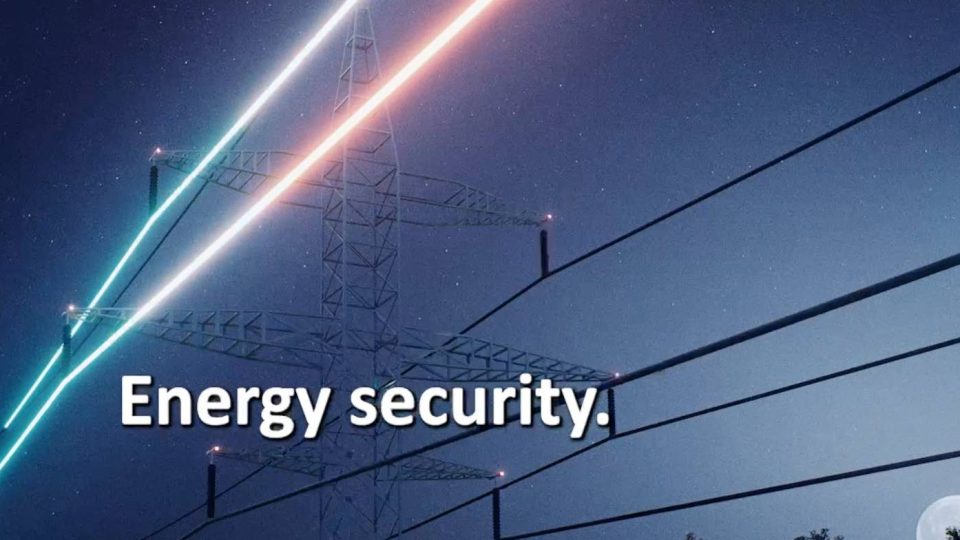Volvo Penta and Danfoss Editron together to power two hybrid Danish vessels
Volvo Penta and Danfoss Editron treated the journey from China to Denmark as a pilot project and a time to work with the captains and crew to tweak the novel technology onboard and make it as reliable and efficient as possible for the customer.
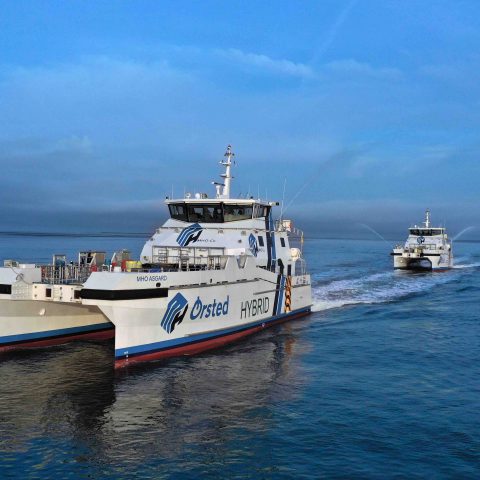
Two Danish new crew transfer vessels have reached the Danish shores from China, powered by Volvo Penta and Danfoss Editron. After about 12,000 nautical miles, MHO Asgard and MHO Apollo completed their ultimate sea trial and will service the Hornsea Project 2 offshore wind farm in the North Sea. The vessels measure 34.4 meters in length and with an 11-meter beam and will be run by operator MHO-Co.
What’s interesting about their driveline is the integration between products provided by Volvo Penta and Danfoss Editron. These companies treated the journey from China to Denmark as a pilot project and a time to work with the captains and crew to tweak the novel technology onboard and make it as reliable and efficient as possible for the customer. The companies were able to test different power combinations, such as diesel-electric operation or diesel-only. In DPS-mode, fuel consumption is below 20 liters/hr. and can be as low as 17 liters/hr. which is «exceptional», according to the official release, for vessels of this size class.
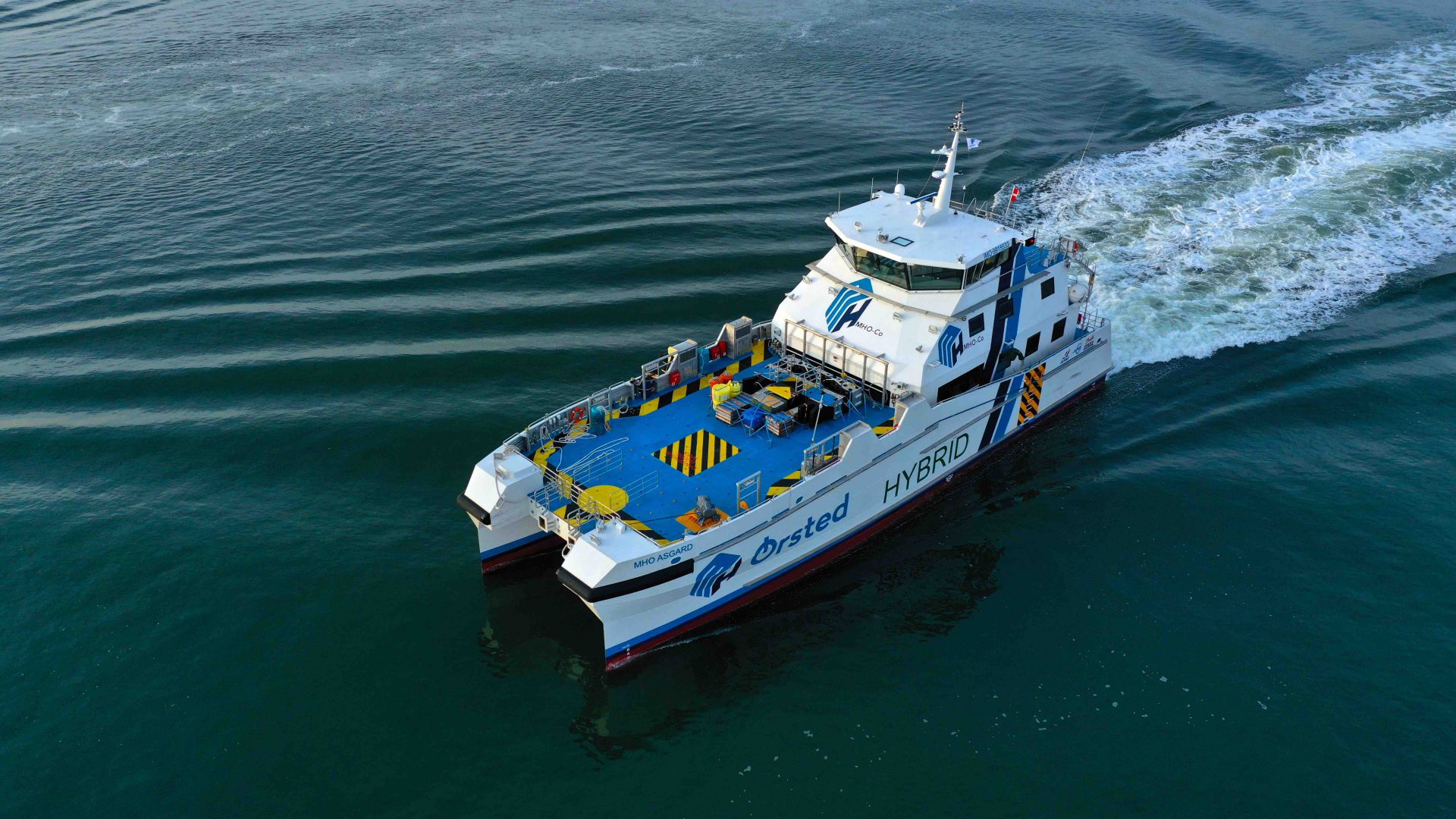
Am integrated solution by Volvo Penta and Danfoss Editron
Volvo Penta and Danfoss Editron have developed a fully integrated solution made up of a Danfoss Editron electric drivetrain supported by Volvo Penta variable speed gensets that drive two of the first Electric Volvo Penta IPS units as well as two D13 Volvo Penta IPS units. The new IPS units (picture below) have already achieved 1,000 hours of operation before even reaching the customer.
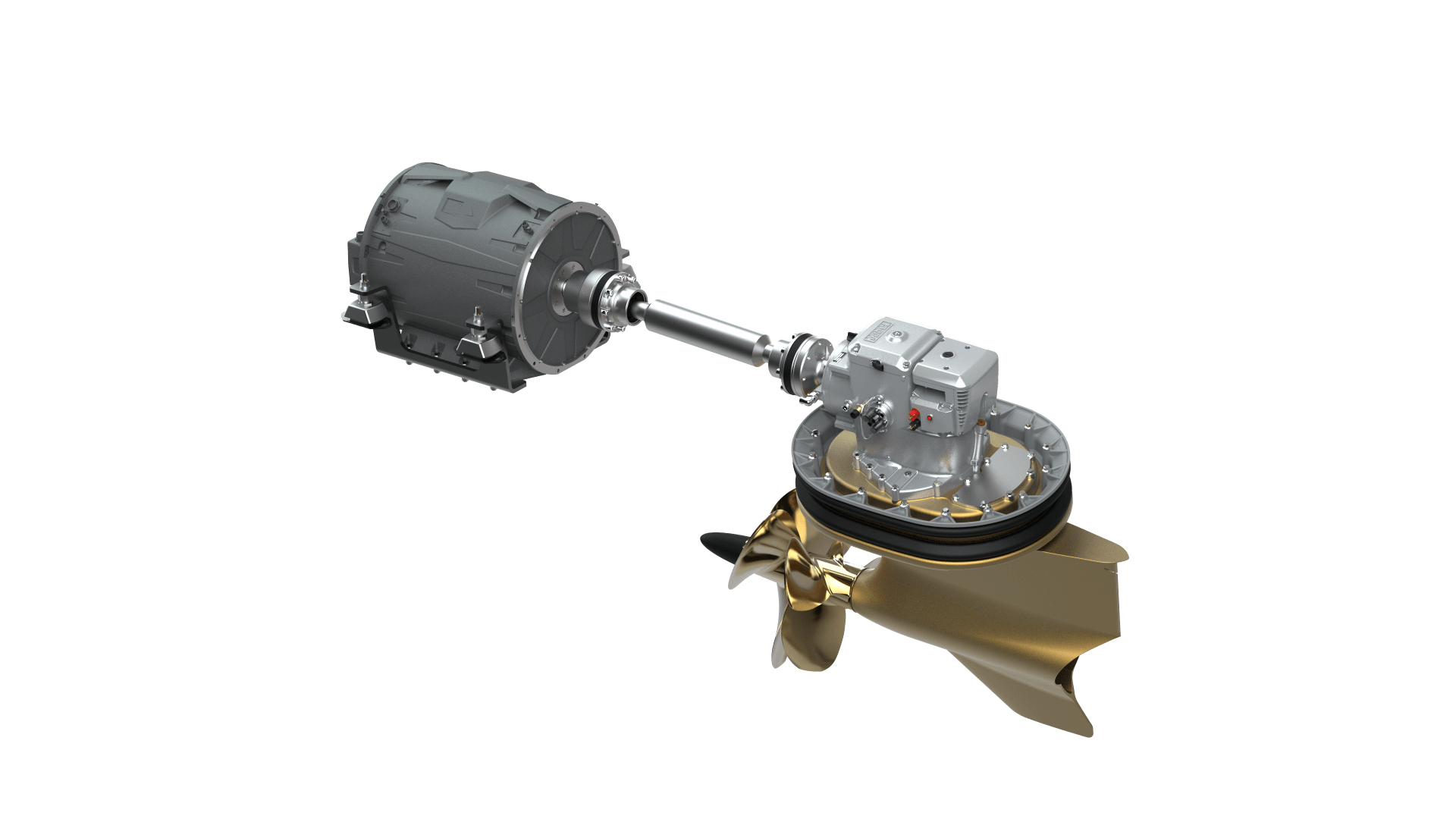
«These systems are a very important first step towards the future of sustainable operations at sea. We believe it is our shared responsibility to drive more sustainable solutions in the marine sector, and the best way to do this is through collaboration», said Mik Henriksen, CEO of MHO-Co.
«The design, build, and delivery of these vessels was all about teamwork and collaboration», explained Erno Tenhunen, Danfoss Editron’s Marine Director. «Ultimately, these are learning projects on all sides. We are trying to push the limits of technology, and the best way to do this is to bring our unique ideas, perspective, and knowledge together. That’s exactly what we have done here».
The hybrid concept
Before the vessels enter operation, batteries are being installed in Denmark to provide stored power for zero-emissions operation. This system will allow the vessels to operate in zero-emission electric mode for up to eight hours or, in combination with diesel propulsion, to achieve a maximum speed of approximately 24 knots. Using multiple modular generators allows operators to tailor power generation to the operational profile and enhance flexibly.




